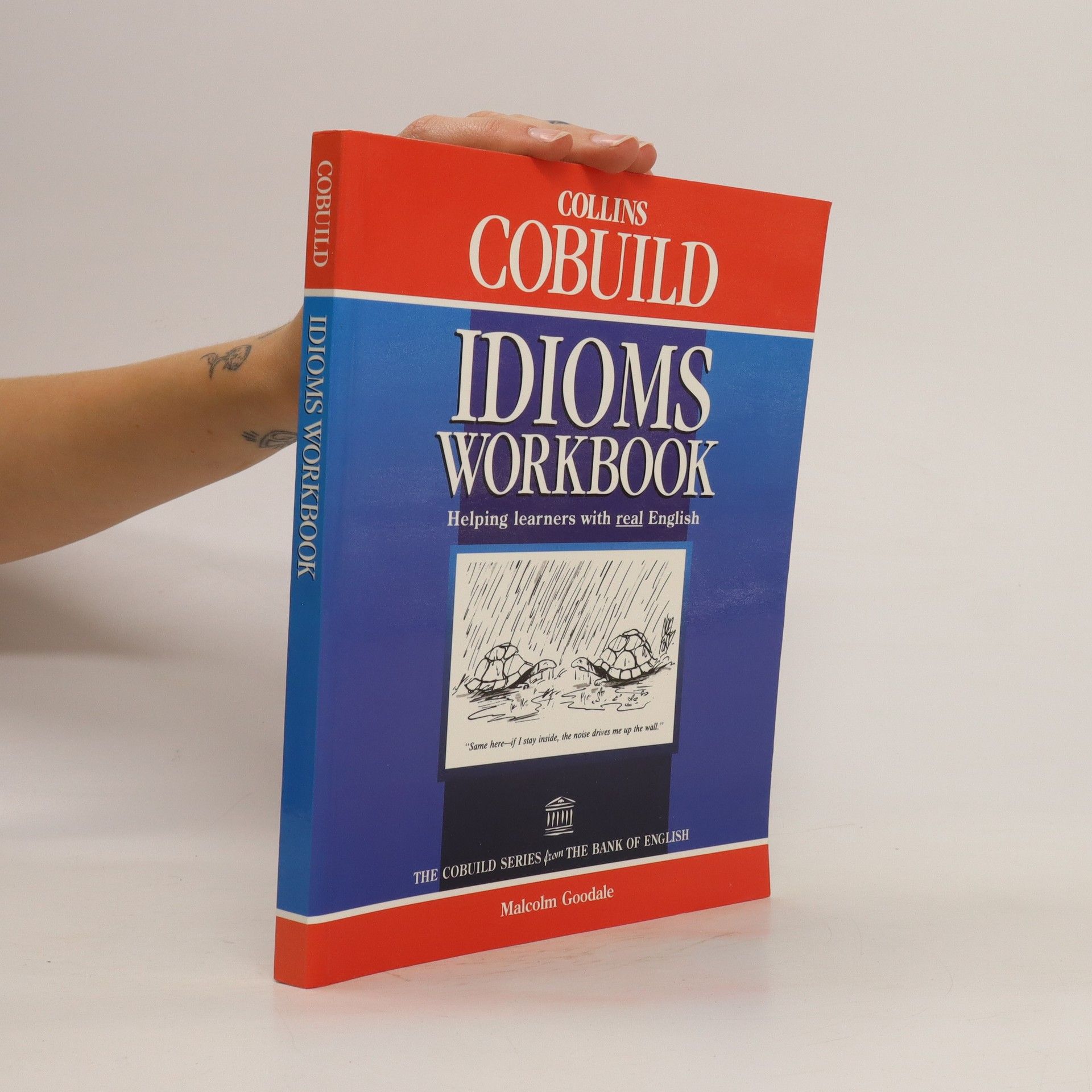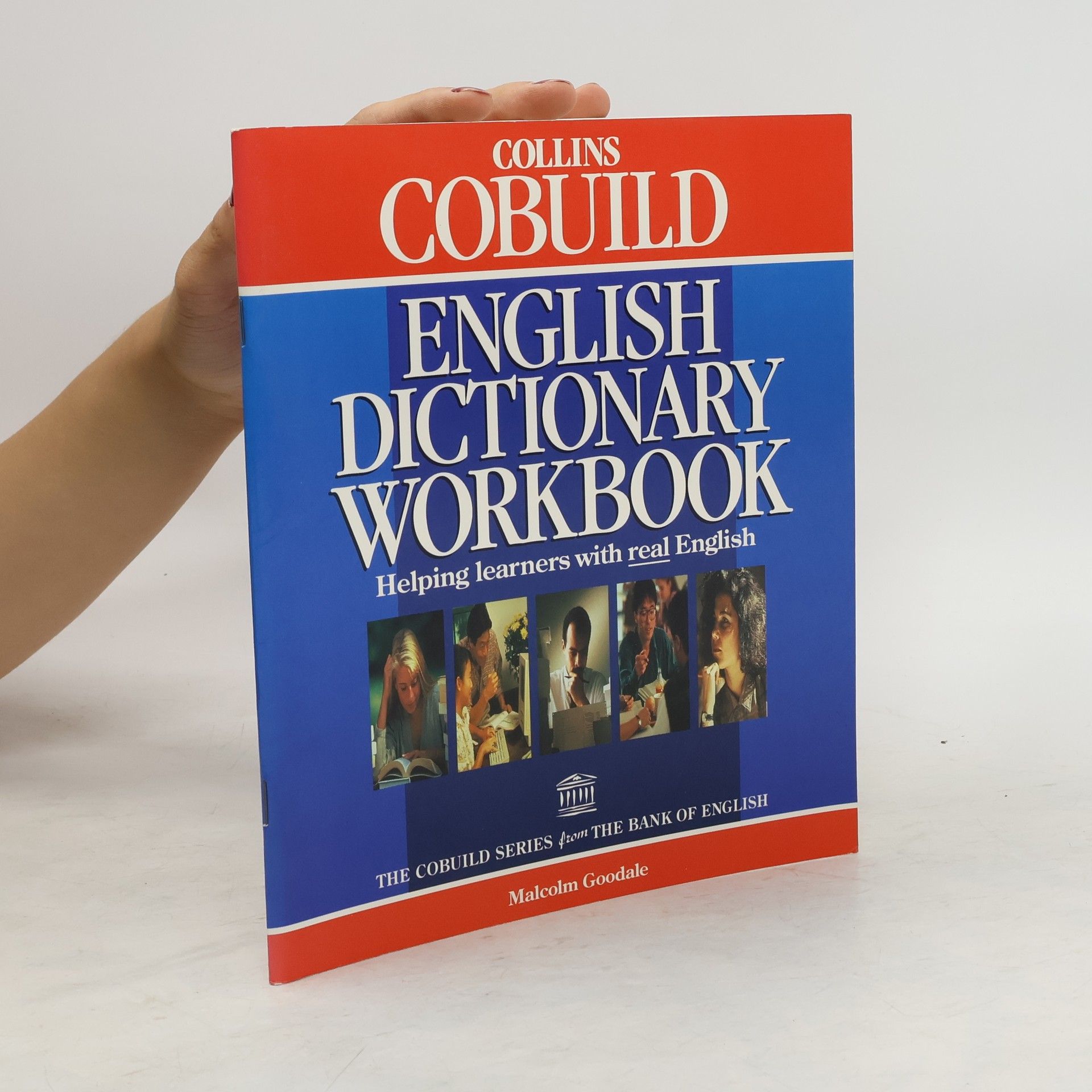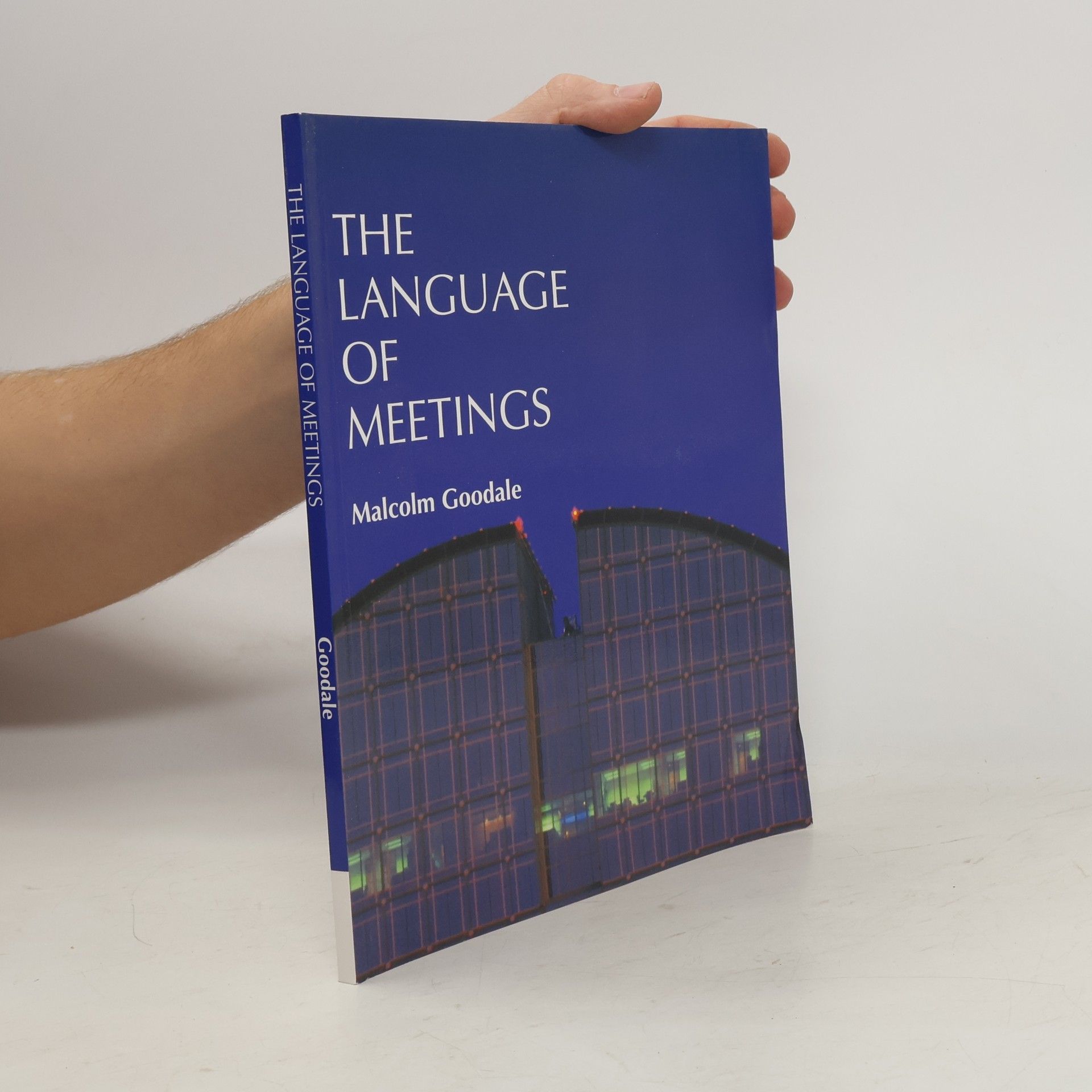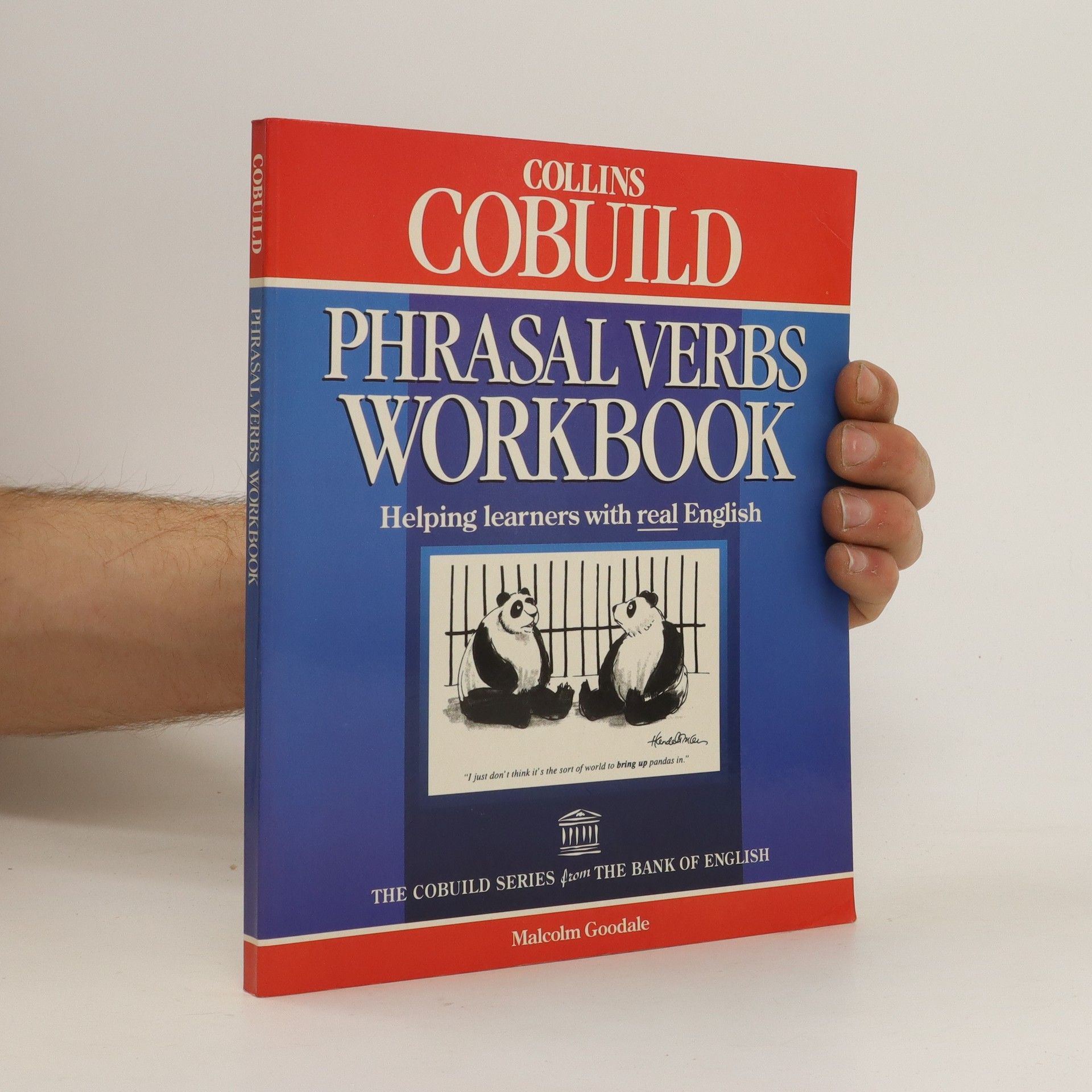THE LANGUAGE OF MEETINGS is a lively course in the language of international meetings. It provides all the necessary language to ensure full and effective participation. Use the program that is regularly used by diplomats!
Malcolm Goodale Livres






Under the Lilacs
- 32pages
- 2 heures de lecture
From Ezra Jack Keats honor-winner E. B. Goodale comes a celebration of nature, family, and building our own hands-on adventures--perfect for any reader who has ever craved a bit of independence . . .
English Dictionary Workbook
- 64pages
- 3 heures de lecture
Designed to accompany the new "Cobuild English Dictionary", this workbook gives students practice in using and understanding the detailed information contained in the dictionary. The exercises include how to find words and phrases, and using phonetics and grammatical information.
"A loving, timeless ode to how the moon remembers each of us as babies and watches over all of us too-whether human, furred, feathered, or finned"--
This is a photocopiable resource book of ten realistic meeting simulations. Students prepare by reading authentic texts, then take control and run the meeting with the teacher acting as observer and consultant.
Idioms workbook
- 160pages
- 6 heures de lecture
This title focuses on 300 of the most common idioms in current use in both Britain and America. Special attention is given to the semantic and syntactic variations of many idioms. The material is suitable for both class work and self-study and can be used with Cobuild's student dictionary.
Collins Cobuild : phrasal verbs workbook
- 145pages
- 6 heures de lecture
This workbook is organized around the individual particles of phrasal verbs, rather than the verbs themselves. This enables students to perceive broader categories of meaning and so makes the task of learning phrasal verbs more manageable. The workbook focuses on the most important phrasal verbs, with around 300 different meanings being covered. Almost half of these are formed with 18 common verbs. There are ten units of material, each following a similar format. The first nine units each deal with one of the most important particles; the final unit covers a further seven particles. The units can be studied in any order. Each unit has an introductory page giving the important meanings of the particle being studied, with lists of phrasal verbs to be practiced in each section of the unit. At the end of each unit there is a separate section of revision exercises.
